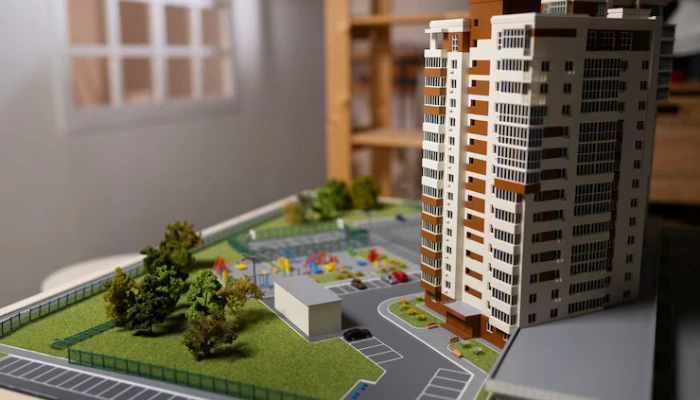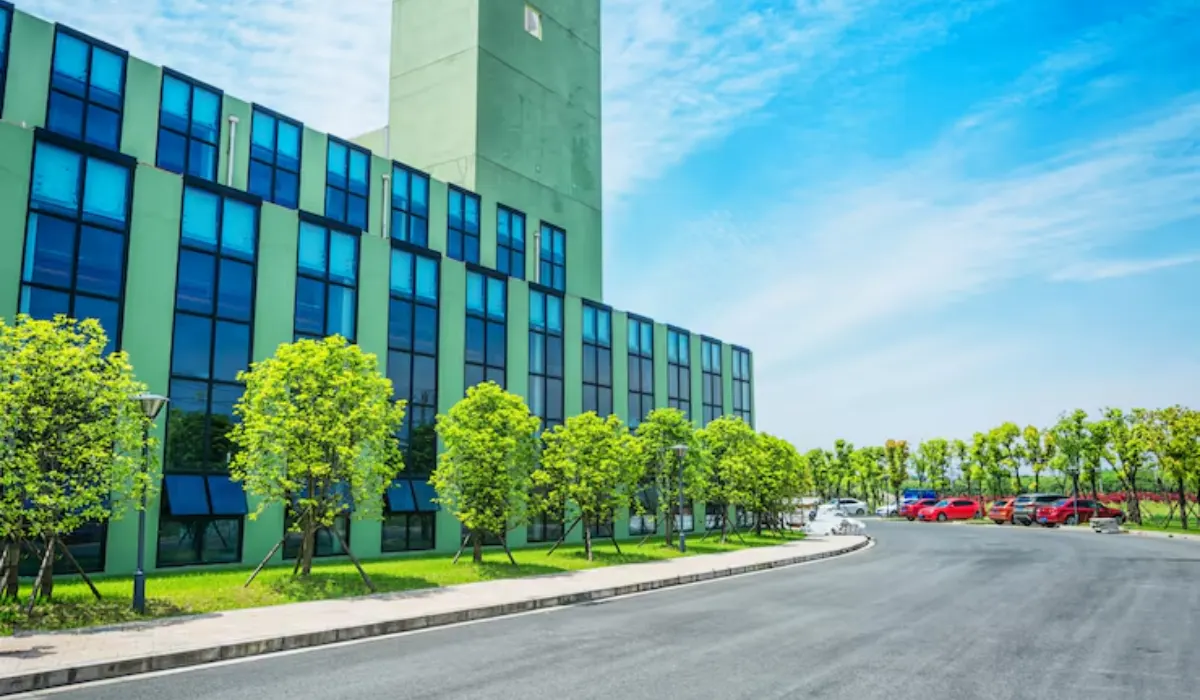JLL may be an expert on real estate, but the company is leaving nothing to chance when it comes to letting employees back into its own.
The real estate services company has re-opened more than 75 offices in the US, a little more than half of its total portfolio. The company is on track to re-open nearly 100 US offices by the end of July, according to a release dated June 18.
JLL is taking the lead from its offices outside the US as far as safe re-entry to the workplace. Employees in most of the company’s overseas facilities have returned in partial capacity over the past few months to reduce the number of employees in the office all at once.
With annual revenues of $18 billion and a workforce of more than 94,000 people across 80 countries, the Fortune 500 firm believes a deliberative, measured return, or phased approach to re-entry, is the best path forward.
The approach uses revised space plans to promote social distancing, signage that outlines safe hygiene practices, rotational, or staggered shifts, cleaning protocols, and distribution of cloth face coverings to employees.
For example, at Aon Center in Chicago – JLL’s flagship headquarters – no more than 25%, or a quarter of its total employees, are allowed back during Phase 1. That percentage also complies with both city and state restrictions in Illinois.
“The majority of our employees have told us that they are eager to return to the office, and we are pleased that many of them now have that option,” said Mary Bilbrey, Chief Human Resources Officer and Head of Corporate Real Estate at JLL, in prepared remarks.But “JLL will continue to support work-from-home arrangements for employees,” depending on their personal circumstances, added Bilbrey.
John Gates, CEO, Markets, JLL, said because of COVID-19, the office space of the future was being reimagined, “but not the need for the office.”
That could mean smaller desks but spaced further apart.
“We are taking an active and pioneering role in demonstrating effective re-entry strategies that support employee experience, engagement and safety,” said Gates. “Ultimately, it could be the need to de-densify space, combined with office worker’s desire for human interaction that drives the ‘next normal’ of offices around the country.”
A recent JLL global survey of 3,000 office workers from corporate occupiers found that 58% missed being in the office.















